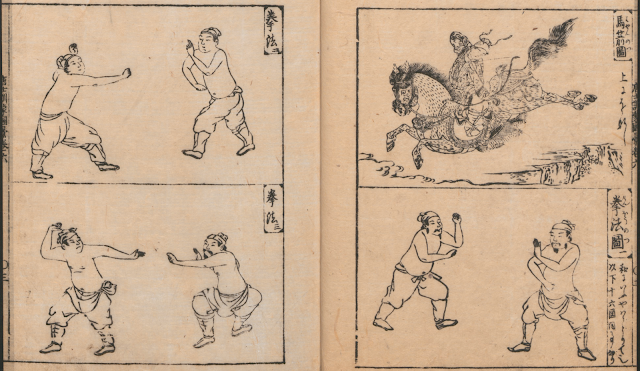Best Book Winner: Professor Kano Biographies in English

What English language biography of professor Jigoro Kano does Martial History Team recommend? Introduction When I (Richard) started Martial History Team in late January 2020, I said that the goal of the project was to promote martial arts history based on sound evidence and sourced research. Since then, readers have been able to consume a lot of content from the project, through a Facebook page , this blog , Instagram , Twitter , and, thanks to team member Matthew Krueger , via a podcast . Along the way I published a post on the criteria I use when evaluating sources . That guided my selections. Today, I'm happy to present the first reading recommendation. Here I will list the 8 biographies of professor Jigoro Kano that I read, and share the title which I believe is the best English-language biography available to the average reader. The List The following are the 8 titles in consideration. The title links to an Amazon page, if available, or to the publisher. The rating links to




